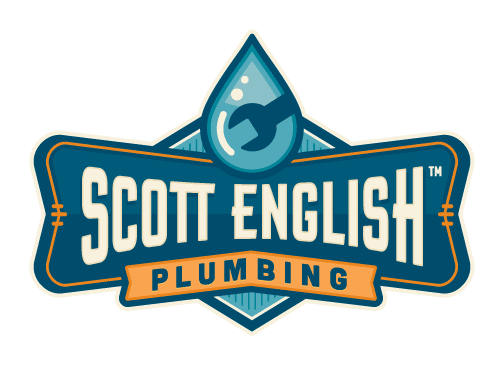Sump Pump Maintenance Tips
A sump pump is an important piece of equipment that can prevent your basement from flooding. However, if the sump pump fails, you are vulnerable to flooding and damage. On the whole, sump pumps are quite reliable, and mechanical failure isn’t a common problem. Sump pumps do run on electricity, though, so if the power goes out, the sump pump won’t work. Many sump pumps have a battery-powered alarm that will sound in the event that the pump is not working properly and the water level is rising. Newer, more advanced sump pump systems will even notify you via your cell phone or notify your home security system in the event that the water level rises.
Just a few minutes of routine sump pump maintenance a few times each year will help to ensure that your sump pump works properly all the time. Plan to do these basic checks each spring and fall and again if there are heavy rains or flooding in the weather forecast. Check out these sump pump maintenance tips.
- 1. Check the electrical outlet. The sump pump should be plugged into a GFCI outlet. Make sure that the cord itself is in good condition. GFCI outlets have a tendency to get tripped when they are located in damp areas (such as near a sump pump), so check the outlet periodically to see whether it needs to be reset.
- 2. Check the position of the pump. It should be standing upright at all times. The pump tends to vibrate as it operates, which can cause it to shift to the side. If the pump is tilted, it can jam the float arm, which prevents the pump from kicking on when it should.
- 3. Test the pump by pouring a bucket of water into the sump pump pit. The pump should automatically kick on and pump the water out of the pit. If it doesn’t, the pump should be serviced right away.
- 4. If you have a submersible sump pump, remove it from the pit. Clean the grate in the bottom of the pit. When the pump operates, it can pull small pieces of debris into the grate, which can block the inlet or damage the pump.
- 5. Check the outlet pipes for the sump pump. They should be joined together securely and should empty at least 20 feet away from the house.
- 6. Inspect the discharge pipe for the sump pump. Make sure that there isn’t anything blocking the vent hole.
Sump pumps do rely on electricity for operation, which makes them inoperable in the event that the electricity goes out. Therefore, you may want to consider having a backup sump pump involved to protect your home during a power outage. There are several options for backup pumps. One type of backup pump is a water injection pump that does not use electricity. This type of pump relies on water pressure to pump water out of the sump pump pit. It uses water from the municipal water supply to force water out of the pit. Since it uses so much water, it’s not a good choice for a main sump pump, it is a good backup option. Another option is a pump that uses backup battery power. The system would charge the battery while the power is on, and the battery would kick on in the event that the electricity goes out.
If you need service for your sump pump, call Scott English Plumbing. We have been providing plumbing service to Orange County residents for over 15 years, and we can take care of your sump pump needs.
